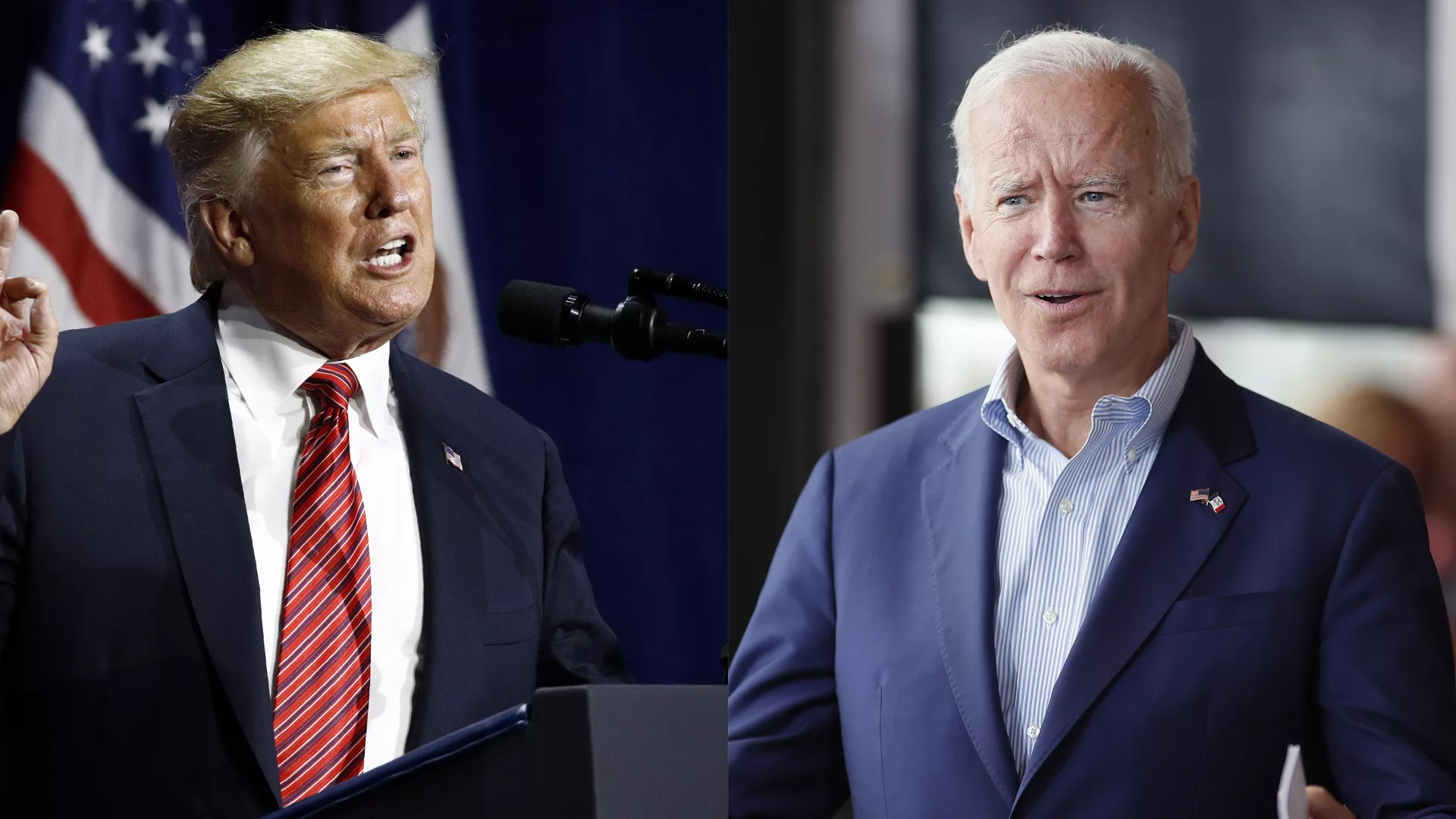Puerto Rico is a breathtaking island that withholds magnificent beaches, mountains, waterfalls, and rainforests. Along with its beautiful natural scenery, is its own rich culture. This island is the home of around 3 million people and sits 2,000 kilometers from Florida. While Puerto Rico is located in the Caribbean and has Latin American culture, causing close comparison to the Dominican Republic and Cuba, it contains strong ties to the United States. Unlike the other countries mentioned, this island’s legal status is not as simple.
This island was a Spanish colony for around 400 years until the Spanish American War. The United States invaded the country in 1898 and eventually received official control of Puerto Rico once their victory over Spain was consolidated. While the United States recognized the independence of Cuba and the Philippines, Puerto Rico did not suffer the same fate and began to be treated as a sort of colony.
Puerto Rico is neither a state nor an independent country. The island, officially called the Commonwealth of Puerto Rico, is primarily self-sufficient and is under the status of unincorporated territory. While Puerto Ricans have had the ability to elect their own governor since 1948 and were granted U.S. citizenship in 1917, they do not have federal representation. These islanders lack congressional delegates and can only vote in presidential primaries. While the island does contain its own constitution and local laws, the territory still falls under the jurisdiction of Federal U.S. law and the U.S. Constitution. These laws are not reflected equally on the islanders than mainland U.S. citizens:
“Unincorporated territory status means that Federal laws can be applied to Puerto Rico and its American citizens differently, on unequal and, at times inequitable terms, compared not only to the States and their residents, but also unlike territories that are parts of the United States. This has limited the development of Puerto Rico and hindered its economy” (Library of Congress, 2021).
As quoted in a bill introduced to congress, these islanders face critical inequities. Puerto Rico finds itself in a problematic relationship with demography, infrastructure, federal associations, and meteorology. This puts the island in a particularly vulnerable position that is key when providing aid after enduring eventual natural disasters.
When measuring fundamental macroeconomic indicators, the territory has noticeable differences from the generalized United States. Puerto Rico’s 2020 median household income was $25,468, while the national average was $80,069 (Statista, 2021). Moreover, the federal U.S. poverty rate currently sits at 11.6% (U.S. Census Bureau, 2021), while Puerto Rico had a staggering 43.1% in 2018 (U.S. Census Bureau, 2019). The island’s poverty rate is more than double that of Mississippi’s 19.7%, the worst state in 2018 (U.S. Census Bureau, 2019), while also having less than half of the same state’s median household income of $58,9230 (Statista, 2021).
Furthermore, Puerto Rico’s troublesome condition continues to show when delving into its infrastructure. The American Society of Civil Engineers (ASCE) creates a yearly analysis of U.S. territory infrastructure with a rating system from A to F: Exceptional (A), good (B), mediocre (C), poor and at-risk (D), and critical (F). On the one hand, Puerto Rico had a 2019 overall score of a D- with the highest score of a D+ for dams and bridges and the lowest score of F for energy. The ASCE concluded that to encourage innovation and economic growth, the island must raise investment by $1.3 billion to $2.3 billion annually, or $13 to $23 billion over ten years. It is important to note that the investment gap is worse in Puerto Rico’s particular situation when postponed maintenance and natural disaster recovery initiatives are taken into account. In synthesis, Puerto Rico is on the brink of being considered to have an utterly unfit infrastructure and needs a copious amount of financing to be at an adequate level.
Unfortunately, this year has seen another horrific hurricane descend upon Puerto Rico. Hurricane Fiona wreaked havoc across the island, leaving hundreds of thousands without electricity nor water for almost two weeks. Fiona caused an almost complete collapse of the island’s energy system. At its worst, nearly 1.5 million people were in darkness and 100,000 without water. Furthermore, two to four inches of rain per hour led to catastrophic flooding, mudslides, and landslides. The already underdeveloped territory was ransacked. Thousands were forced to leave their homes and left with no alternative. Over 80 people died during the storm, but professionals speculate a significantly higher figure due to previous experience with hurricanes. During hurricane Maria in 2017, Puerto Rican authorities originally reported 64 deaths but later approximated around 2,975 directly related to the storm (Gonzalez, 2022).
Puerto Rican’s now look for a hand from their neo-colonist in their time of need. While President Biden has officially promised $60 million in aid alongside billions to come from the signed 2021 infrastructure law, the island still remains skeptical and nervous about the future. Taking into account the previously mentioned poverty levels and disastrous infrastructure circumstances, Puerto Ricans do not feel a warm embrace from Washington. During the historically destructive Hurricane Maria, the island never received billions in promised aid but was met with the opposite. The Trump administration anonymously set a series of legal barriers that would delay the distribution of the already congressionally approved funds (U.S. Department of Housing and Urban Development, 2021). Over 6 billion dollars have been withheld from the island even though landmarks of Maria’s devastation live on to this day.
The history of inadequate assistance and inferior position of power has put the island in a complex dilemma. The United States should seriously consider and verbalize its intentions with Puerto Rico. If it is beyond a neo-colonial power grab and Washington has a genuine concern for the well-being of all Puerto Ricans, considerable policy implications must follow. The island has a negative population growth due to the flow of people to the United States. The only way to prevent this situation from worsening is to address the aforementioned substantial issues. The neocolonialist position leaves the island under Washington’s jurisdiction while having no voice in the matter. The island should receive the promised federal aid, the fortitude of its infrastructure, and the power to speak for its people. Give these islanders the dignity we all deserve.
Staggering poverty levels, a failing infrastructure, tremulous weather, and lack of federal representation leave the people of Puerto Rico exposed and fearful. Puerto Ricans continue to trend towards leaving the island for a better quality of life; this administration has the duty to build healthy relationships with the island. The neocolonialist agenda needs to be tackled as the people of Puerto Rico are left at the brunt end of the stick, feeling discarded and yearning for empathy and tangible action.
Featured image by: Ricardo Arduengo / Getty Images






